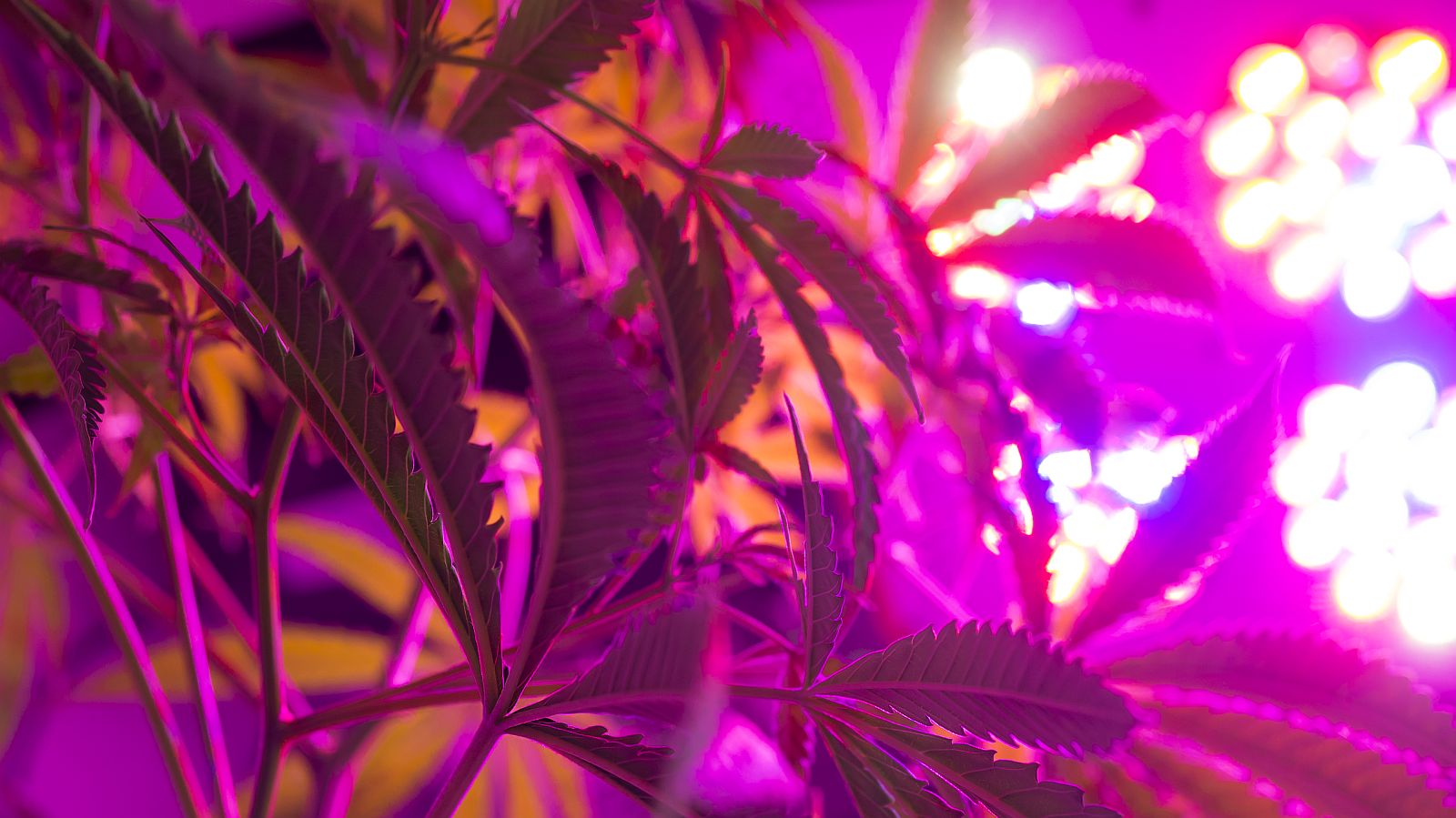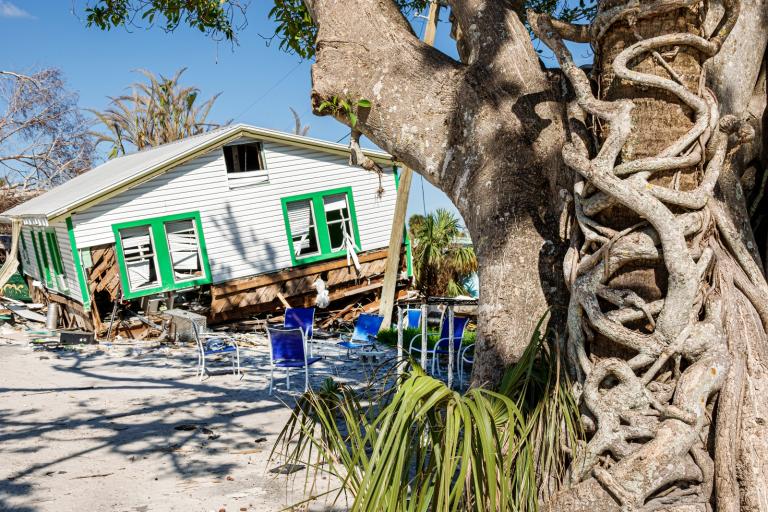Q. Dear Umbra,
Can marijuana be grown as effectively under LED lighting and proper climate control rather than energy-sucking heat lamps?
Cory W.
Ann Arbor, Mich.
A. Dearest Cory,
Heavens, it’s a big week for pot questions. Why just the other day I answered a query about whether it’s safe to use plastic soil beads in potted plants, and now this. Thanks for keeping the theme alive.
Marijuana aficionados stereotypically feel a deep and abiding connection with the natural world, or so I hear. So stereotypically, I’d expect it would harsh their mell to know what a whopping energy footprint their buds have. Pot may look like an oh-so-natural herb, but until recently the illegal nature of it has meant not much grew outdoors, kissed by sunlight and light breezes. Instead, as you note, most crops have been raised indoors, under enormously energy-intensive and inefficient lamps. The good news is there are indeed ways the indoor-weed industry can clean up its act, and LED bulbs are a big part of that.
But before we get to the solution, a look at the problem. Typically, growing operations use glaringly bright high-pressure sodium, or HPS, lights (metal halide and fluorescents are sometimes involved, too). How bright are we talking? Try 1,000 watts and 500 times brighter than your average reading lights. HPS lights are useful because they produce the wavelengths plants need to grow, but they do so quite inefficiently, and lots of the energy they tap ends up lost as heat. That means growers need to crank up the AC to keep their greenhouses the proper climate, further adding to their energy bills — and on top of that, many ops also use dehumidifiers and/or ventilation systems, and burn fossil fuels to boost the building’s carbon dioxide levels (a shot of CO2 makes plants, including pot, grow like — well, weeds). All told, producing the average joint creates roughly three pounds of carbon emissions, according to a 2011 study from the Lawrence Berkeley National Laboratory — equivalent to driving a hybrid car 22 miles.
Might not sound like much, but all this adds up to staggering electricity bills for growers big and small. That Berkeley Lab study reported that the legal indoor marijuana industry accounts for one percent of the country’s power consumption; some larger growers blaze through $1 million worth in electricity every month. In Denver, which is ahead of the curve with pot infrastructure thanks to its trailblazing legalization of the stuff back in 2012, the marijuana biz uses closer to 2 percent of the city’s electricity, and growing. As more and more states (24 and counting) legalize recreational or medicinal marijuana use, we can expect this usage to increase.
Unless, that is, the industry starts greening up its game. And research suggests that’s entirely possible: The Berkeley Lab estimates that upgrading to more efficient equipment and improving practices could reduce related energy use by 75 percent. And just like in our fixtures at home, switching to LEDs can make a huge difference. To find out more about how, I turned to Neil Yorio, technology advisor for a cannabis consulting firm in Denver and vice president of agricultural lighting research at BIOS Lighting. That company sells LEDs, but before his stint there, Yorio spent more than 20 years at NASA studying how to best raise plants on long-term space missions. The guy knows grow bulbs.
LEDs are more efficient than HPS bulbs generally, and as Yorio pointed out: “With HPS, light comes out of 360 degrees from the lamp. Half the light is going in the wrong direction, to the reflector hood, and that decreases efficiency. With LEDs, all the light is going the direction you want it to.” What’s more, you can also engineer LEDs to produce only the kinds of wavelengths that plants need for photosynthesis. Boom, no more “spending money buying watts from the electric company to create light that the plants don’t use,” Yorio said.
And then there’s the heat effect. Because LEDs run so much cooler than HPS bulbs, growers don’t need to blast the AC quite as aggressively to keep their plants happy. All together, Yorio estimates, LED grow bulbs will get the job done for half the energy. And yes, the herb they produce is just as good — and often, yields are higher, said Yorio. Sometimes, the light spectrums emitted by LEDs let farms raise even more potent puffs.
LEDs are beginning to catch on in the industry, which is great news for the power grid. But even with these bulbs in use, “indoor cannabis production is an energy hog,” Yorio said. “Anything we can do to reduce energy consumption of the grid is something we should be embracing.” Like what, you may ask? Here’s one idea: System-wide measures like demand response, where the electric plant would coordinate with growers to shift their bright hours to off-peak times, therefore reducing pressure on the grid. And of course, switching over to renewable energy sources such as wind and solar would be better still. These next-level practices aren’t off the ground in a major way yet, but here’s hoping the weed industry will press these changes soon. Say what you will about pot and motivation — a million dollars up in smoke every month on an energy bill seems pretty darn motivational to me.
Reefer madly,
Umbra


